During the WW, the United States were in a serious shortage of pilots so the government created an experimental paramilitary aviation organization – the Women Airforce Service Pilots (WASP).
First, there were the Women’s Flying Training Detachment (WFTD) and the Women’s Auxiliary Ferrying Squadron (WAFS) organized in 1942 and in 1943 both were merged to create the WASP organization.
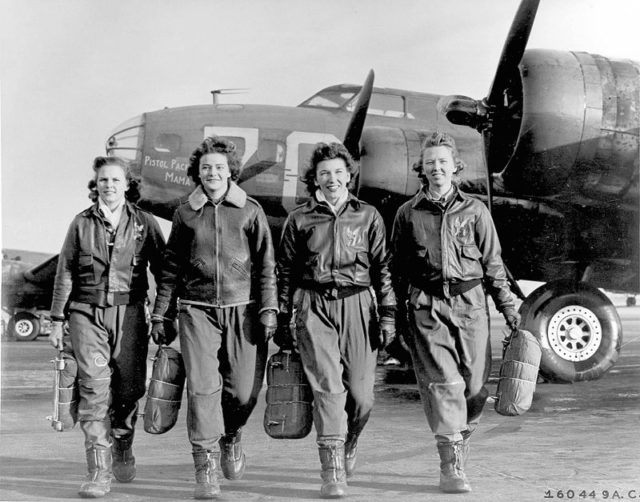
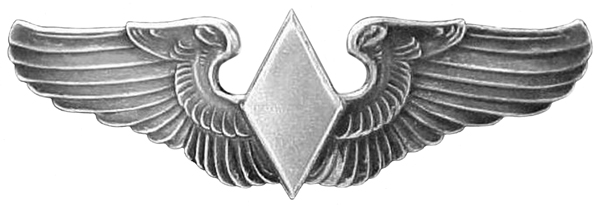
There were over 25,000 women who applied but only 1,074 were accepted in the WASP. All of them were women with previous flying experience and pilot’s licenses. These women flew over 60 million miles in all kinds of military aircraft. In 1977, the organization acquired a veteran status, waiting until 2009 to be awarded with the Congressional Gold Medal.
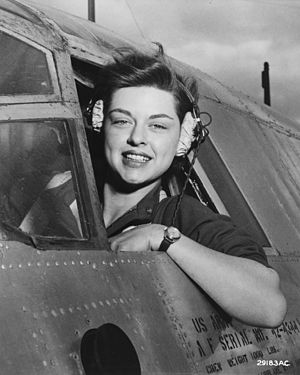
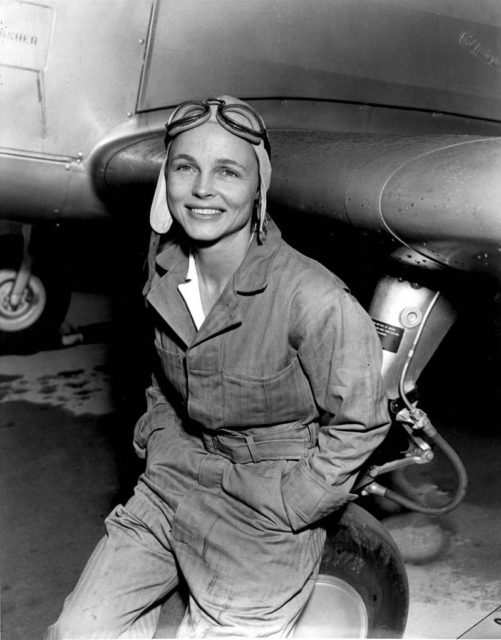
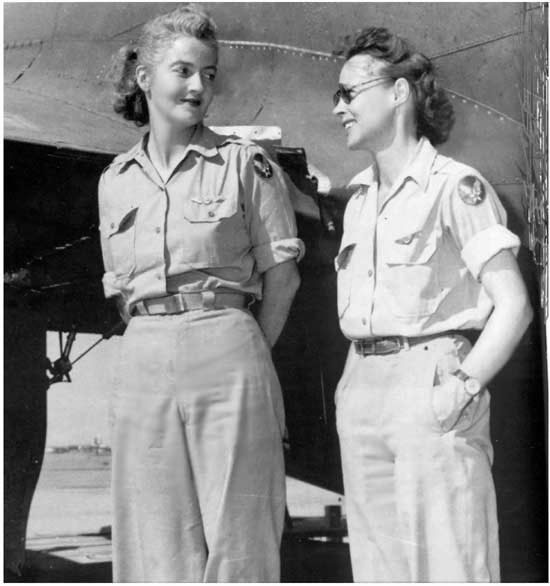
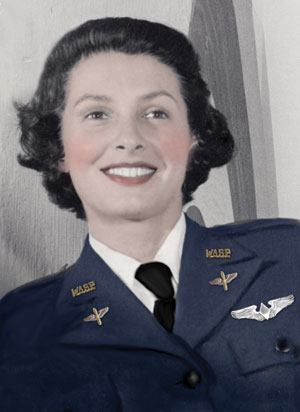
During the graduation ceremony for the last WASP training class in 1944, the General of the Army and General of the Air Force – Henry “Hap” Arnold stated in his speech that he wasn’t sure “whether a slip of a girl could fight the controls of a B-17 in heavy weather.” He said that now, in 1944 he is convinced that women can fly as good as men.
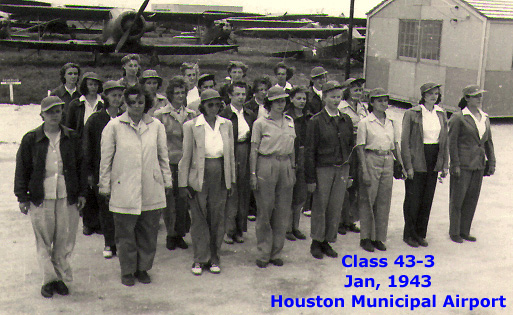
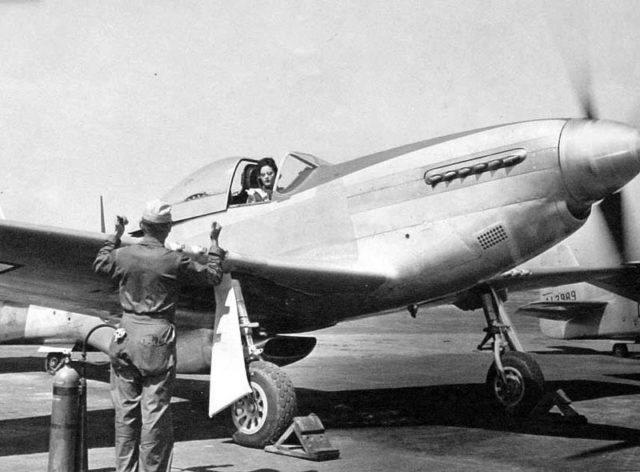
When the training ended up, the women pilots were stationed at 122 air bases across the States. Only those with exceptional skills for aircraft control were permitted to test rocket-propelled planes, pilot jet-propelled planes and work with radar-controlled targets. While serving in the war, 38 WASP pilots lost their lives in accidents.
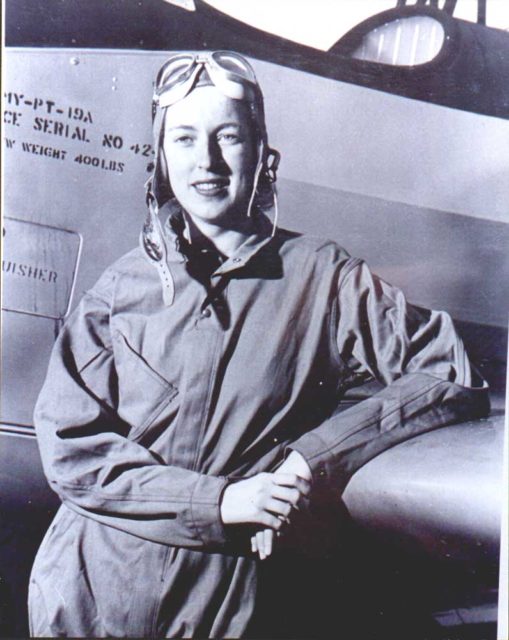
She was one of the most accomplished pilots of the WASPs and the first WAFS fatality. She died in an accident in 1943.
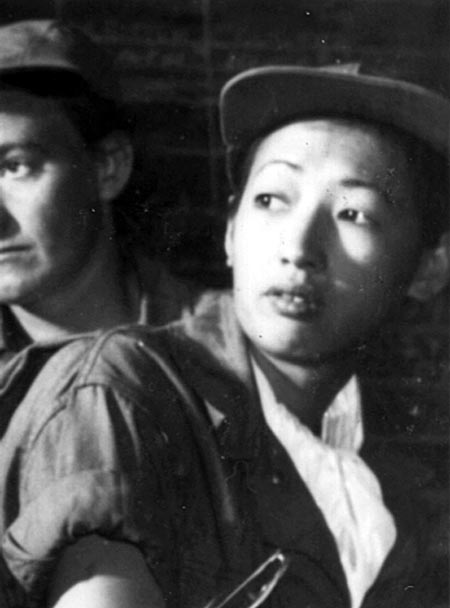
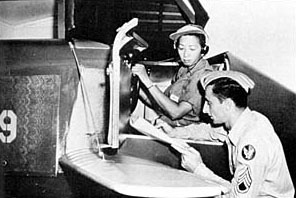
Jacqueline Cochran, a pioneering aviator at the time, was the head of the WASP program. She was aiming to develop the women air force to an equal level with the “regular, male”, and to save the scarcity of women pilots. After the war, Jacqueline became the first woman pilot who broke the sound barrier.
Regardless of what she was aiming for, as soon as the war was over and men returned, they needed their jobs back. Women from WASP started becoming dismissed from their jobs without any official gratitude or ceremony.
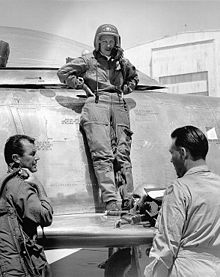
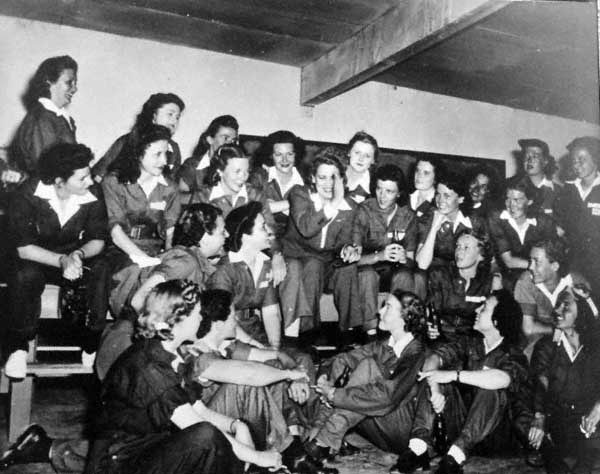
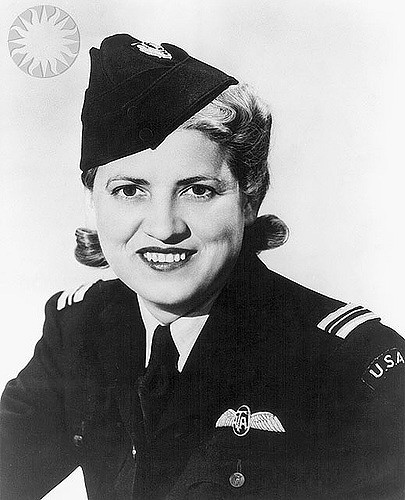
The pilots from WASP carried on with their lives, most of them as they had never contributed to the state security during the war. Only a few were kept as pilots while others were offered to work as flight attendants. They formed a reunion group but it felt apart after a very short period of time.
Then, in the 1960’s some of the women got in touch with each other and began discussing the possibility of gaining military status. Many of them reunited on the basis of being forgotten by their own Air Force. In 1976, after a lot of pressure, the Air Force announced to admit women in their programs.
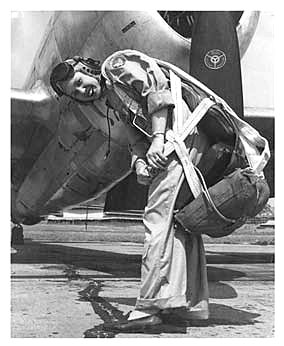
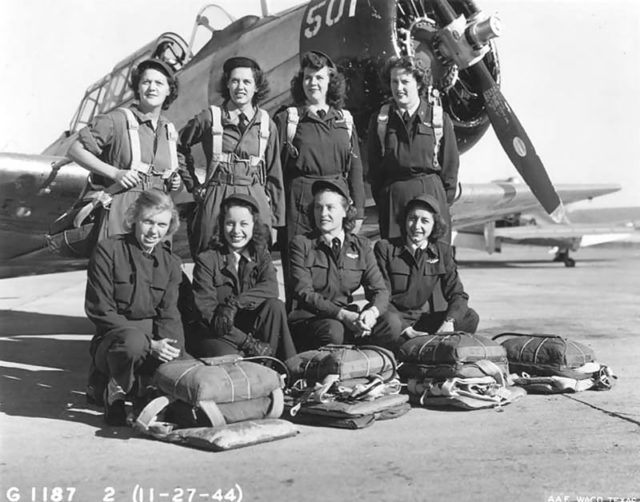
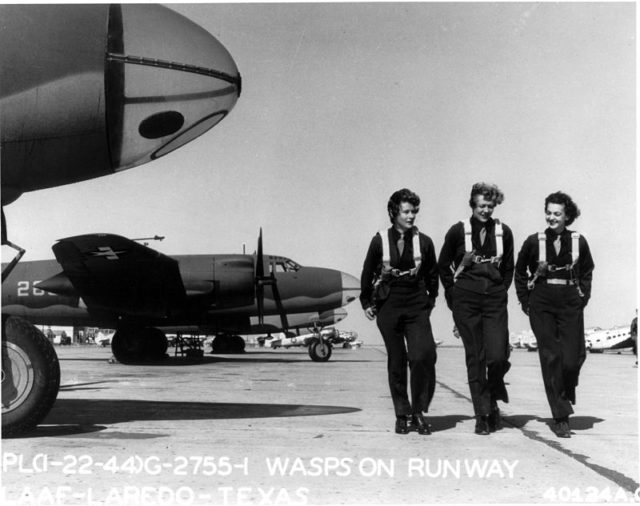
In the statement from the Air Force they had to also declared the former status of the women as pilots, so in 1977, the WASP were finally granted military status. To preserve their history, in 1992, the WASP designated Texas Woman’s University in Denton as their official archive.
In 2009, President Barack Obama and the United States Congress awarded the WASP with the Congressional Gold Medal. There were only less than 300 surviving WASPs at the time and only three of them showed up at the event.
At the event, Obama stated that “The Women Airforce Service Pilots courageously answered their country’s call in a time of need while blazing a trail for the brave women who have given and continue to give so much in service to this nation since. Every American should be grateful for their service and I am honored to sign this bill and finally give them some of the hard-earned recognition they deserve.”
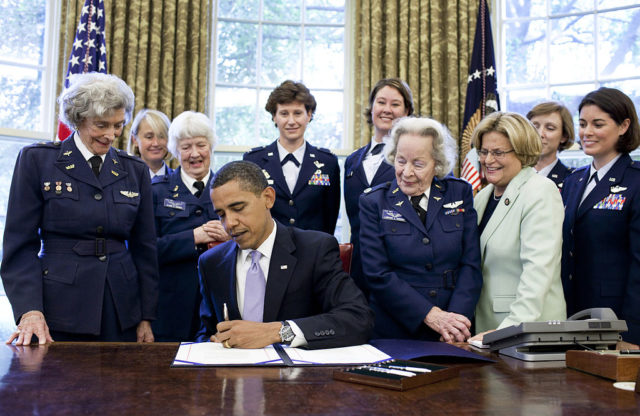
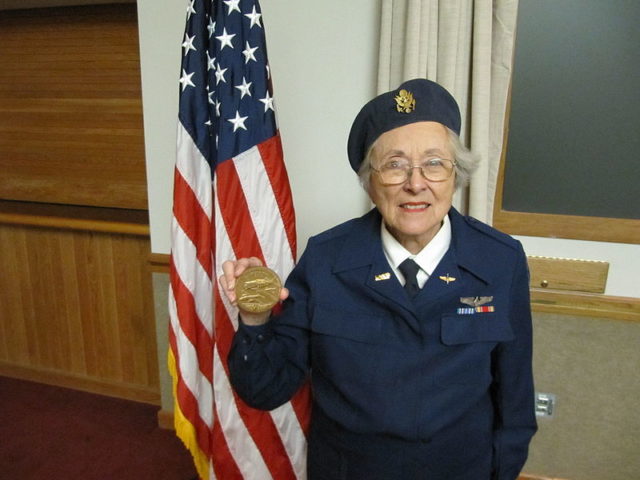
A year later, all surviving WASPs attended the ceremony to the US Capitol to accept the Congressional Gold Medal from House Speaker Nancy Pelosi and other Congressional leaders.
